Conservationists from Hebei spend years in Kathmandu to rebuild iconic structures damaged by earthquake
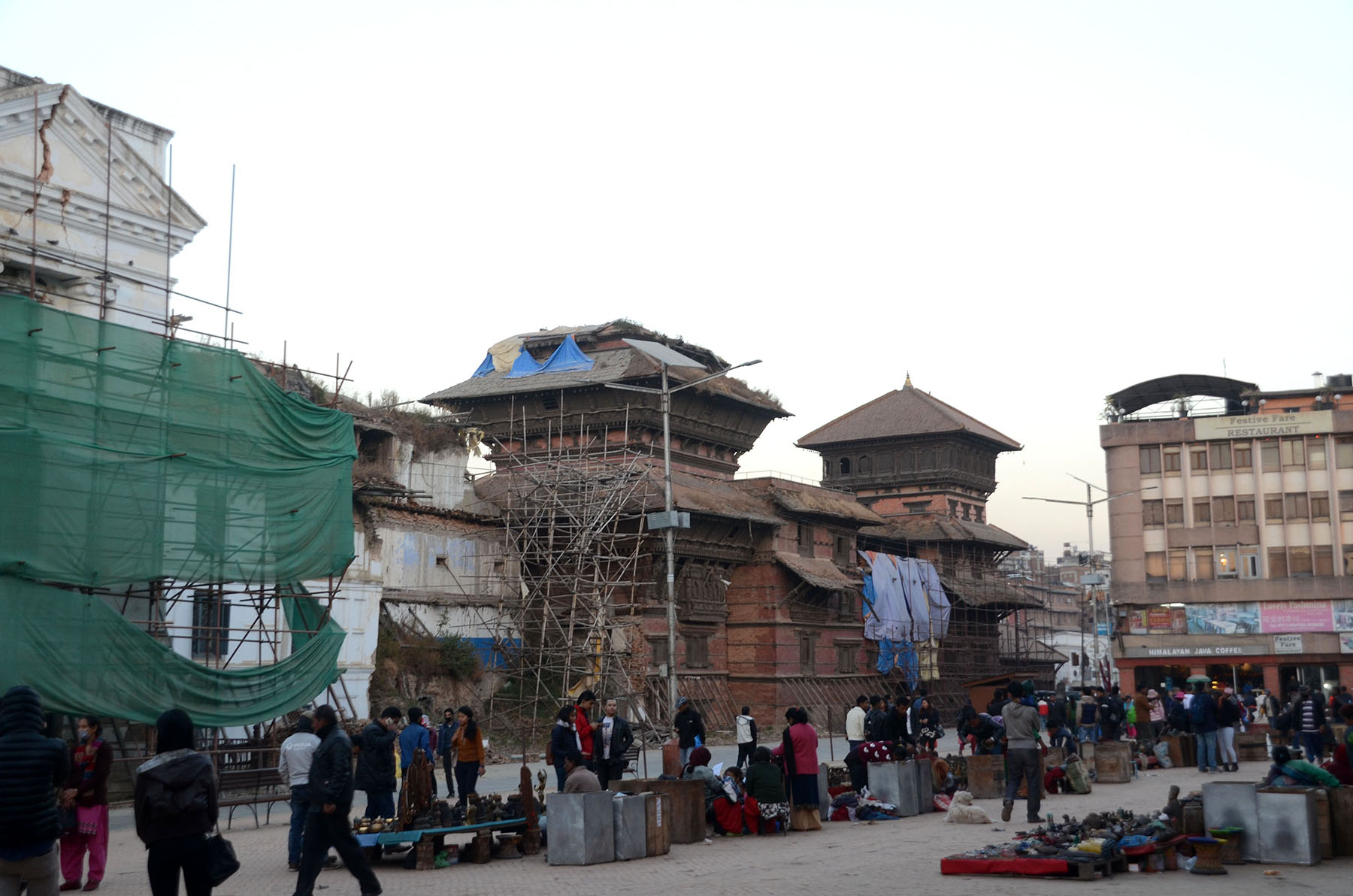
Nearly 10 years after it was severely damaged in a massive earthquake, Nepal's iconic Basantapur Tower is once again welcoming visitors from all over the world as it stands tall in all its majesty, thanks to joint efforts by Chinese and Nepalese conservationists in restoring the World Heritage Site to its former glory.
Sun Rongfen, 56, from North China's Hebei province, was one of the key members of the team that worked on the restoration project. Over eight years, she and her colleagues spent a lot of time in Nepal, working diligently and in close cooperation with Nepalese counterparts to complete a challenging yet meaningful task, in the process strengthening bilateral people-to-people friendship.
For Sun, former deputy head of Hebei Institute of Cultural Heritage and Ancient Architecture Preservation, which was involved in restoring the site, one incident stands out vividly in her mind.
READ MORE: Festive start to 70 years of China-Nepal ties
Early one morning, a Nepalese neighbor of Sun saw her at their residential community's yard in Kathmandu, the capital of Nepal. The lady walked toward her, crushed a freshly picked flower and dotted her forehead with the petal's color, and then placed her palms together in greeting, smiling broadly.
The middle-aged Nepalese woman's gesture touched Sun in a way no words could.
"Back then, I didn't know the meaning of that gesture, but I could feel her kindness, so I said thank you in Nepali — the only one of the two words I learned there, the other being hello," Sun recalled.
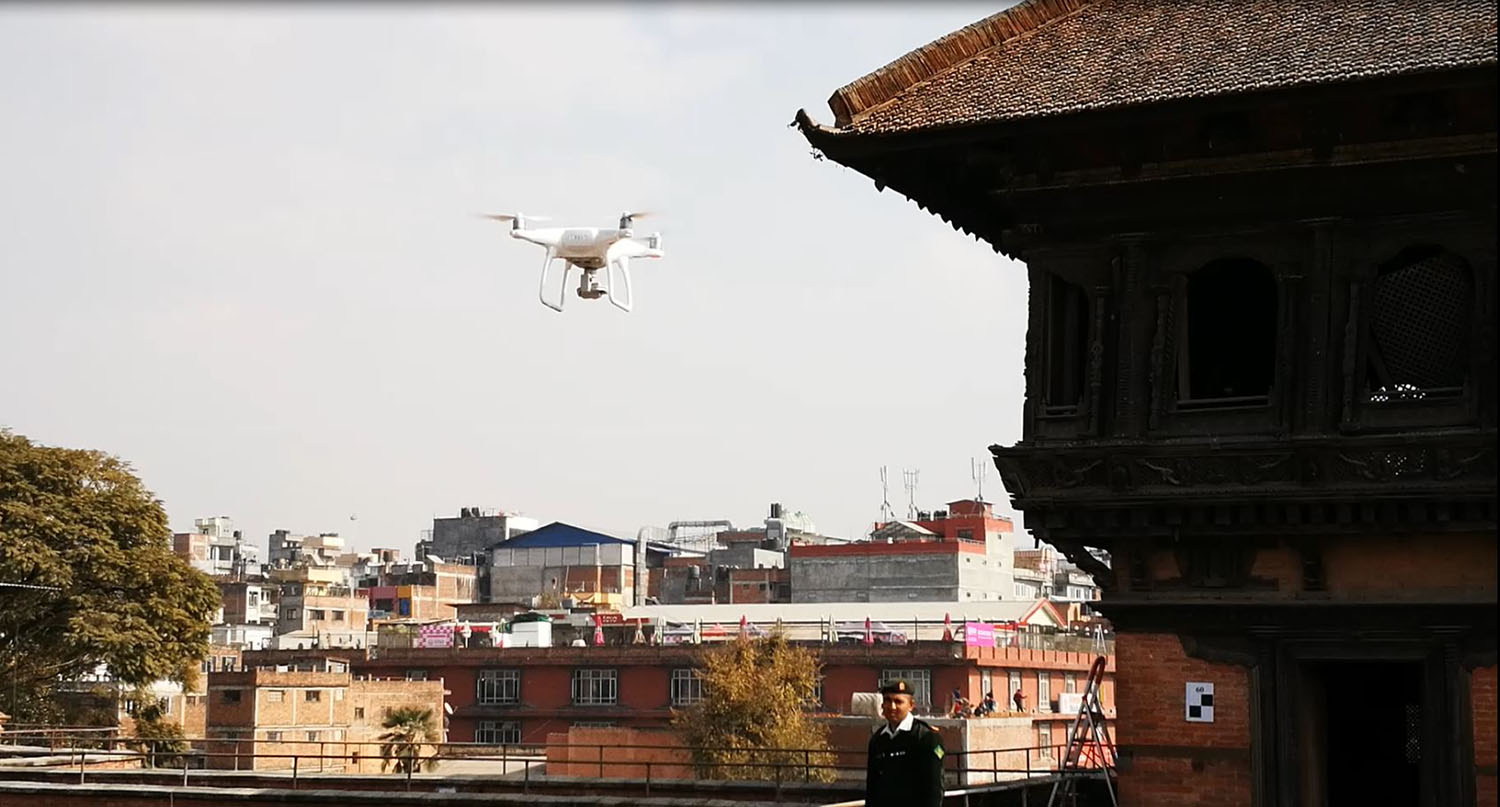
Great responsibility
Sun was the person in charge of surveying and designing the restoration process of the nine-storied Basantapur Tower and its auxiliary buildings at the Durbar Square in Kathmandu.
"It was a great honor to participate in the restoration project, not only because it's an important cultural heritage site, but also because me and my team members established a deep friendship with the Nepalese people," Sun said.
On April 25, 2015, the Basantapur Tower and its surrounding buildings — a tower at each corner of a Lohan Chowk yard at the Durbar Square — were seriously damaged by an 8.1-magnitude earthquake that devastated the Himalayan nation.
The top three layers of the tower at the southwest corner — the Basantapur Tower — and the sixth layer of the tower at the northeast corner collapsed completely. The walls of the complex buildings were left leaning in places and cracked, Sun said.
"I have been working on maintenance of ancient buildings for more than three decades. Seeing such important cultural relics with a long history being destroyed by an earthquake like that was very upsetting," Sun said, adding that she also felt a great sense of responsibility for restoring it to its original state.
The Basantapur Tower and its auxiliary buildings were designated as part of the Kathmandu Valley that was inscribed on the World Heritage List in 1979.
Built between the 17th and 18th centuries, the complex consists of a four-story square courtyard called Lohan Chowk and four towers located at the four corners.
It was an important part of the Hanuman Dhoka Palace, which served as the royal palace of the Malla Dynasty (1328-1768) and the Shah Dynasty (1768-2008) in Nepal, according to Liu Zhongwei, head of the Hebei Institute of Cultural Heritage and Ancient Architecture Preservation.
Since its construction, the complex has hosted the coronation of successive kings of Nepal, as well as celebrations and religious activities.
"Combining Hindu beliefs with the essence of traditional Nepalese architecture, it embodies Nepal's historical processes and national memories, encapsulating rich cultural traditions and high artistic achievements," Liu said.
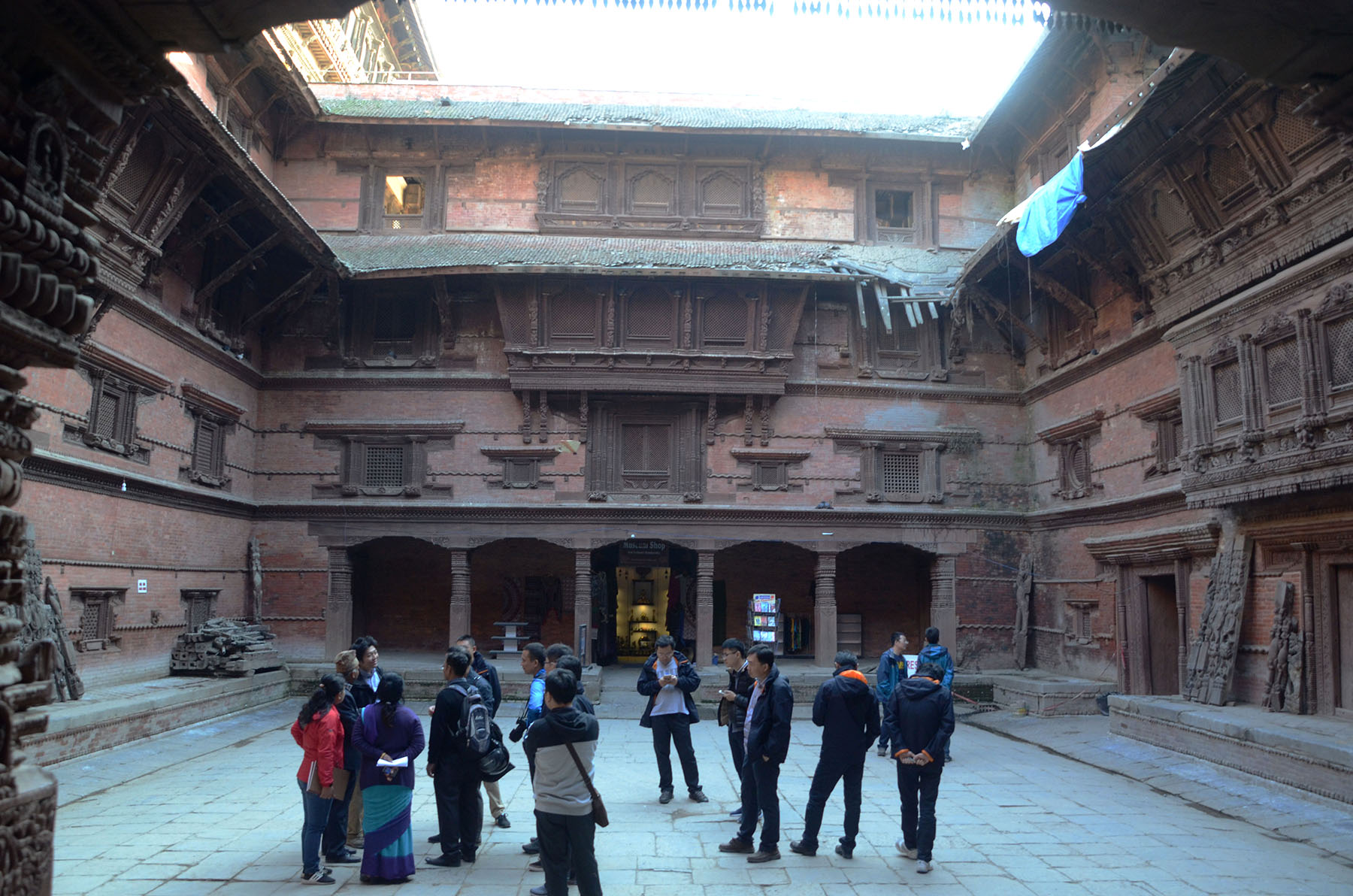
After the cultural heritage was destroyed, the Chinese and Nepali governments agreed to launch a restoration project of the Basantapur Tower complex.
It was the first large-scale cultural heritage aid project that the Chinese government carried out in Nepal.
Under the guidance of the National Cultural Heritage Administration of China, the Hebei Institute of Cultural Heritage and Ancient Architecture Preservation took on the mission of survey and design for the project, as well as supervision and management during the restoration, while the China Academy of Cultural Heritage undertook the actual restoration work.
In December 2016, the Hebei institute organized a special team for this project, with Sun mainly responsible for the survey and design work.
The team completed the restoration plan in April 2017, guided by other professionals. The plan was then approved by Nepal's Department of Archaeology.
"The China Academy of Cultural Heritage undoubtedly represents our national team in the field of ancient architecture restoration, showcasing the highest level, while the team from Hebei also stood out in the field," Liu said.
According to Liu, over the years, the Hebei institute has been involved in some major cultural heritage conservation and maintenance projects such as the restoration of the Sakya Monastery in Xizang autonomous region, and the mountain resort and surrounding temples in Chengde, Hebei.
"Our teams also participated in significant post-earthquake projects, including the ancient building conservation and maintenance in Wenchuan, Sichuan province. We have accumulated rich experience in the restoration of cultural relics and ancient buildings," Liu said.
"For the Nepal project, our design team had to overcome various difficulties and completed the on-site survey and design proposal on schedule," Sun said.
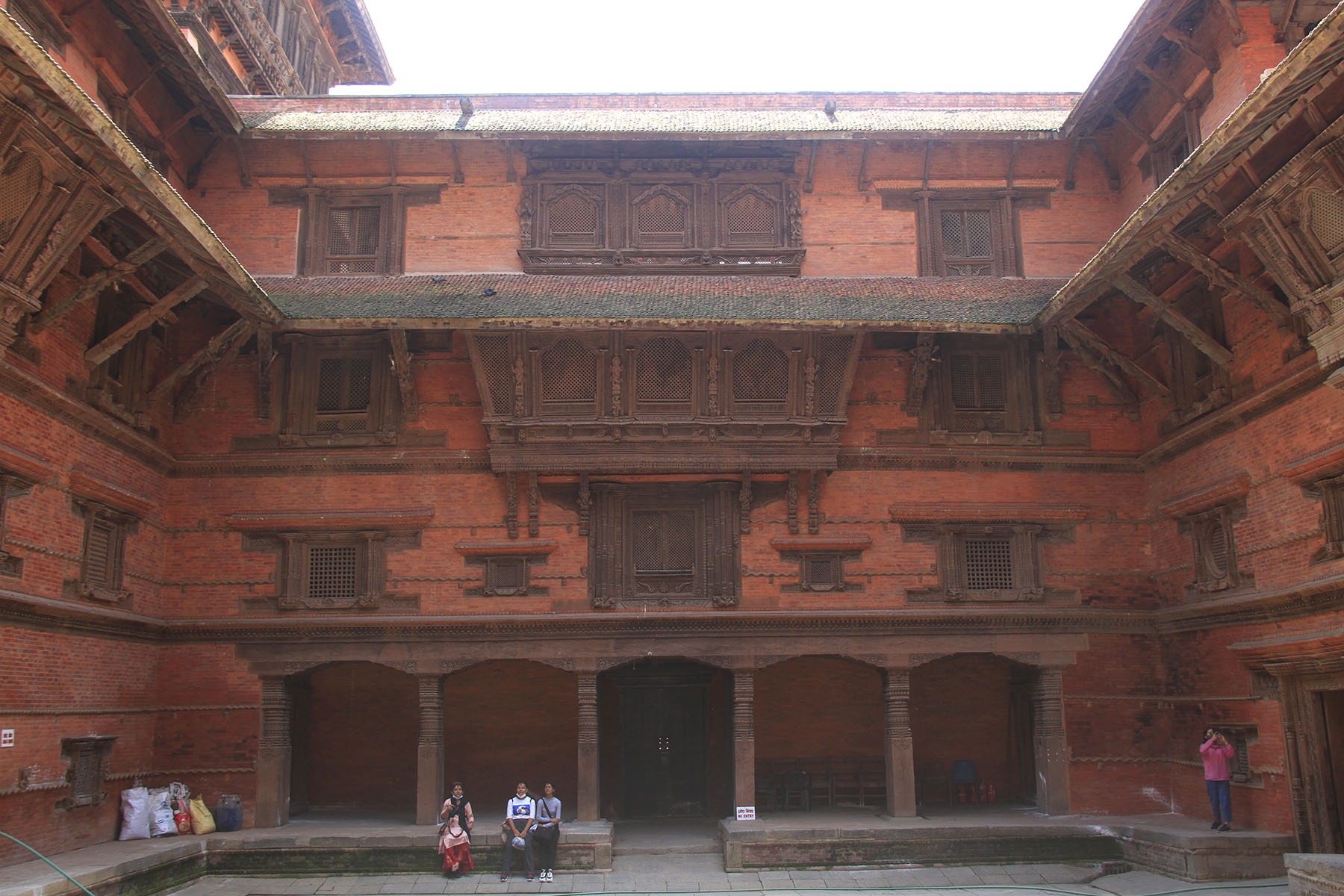
Cooperation matters
A large number of carvings depicting various Hindu deities and patterns — representing the integration of royal and divine authority in Nepal at that time — were intricately carved on the doors, windows, eaves, brackets supporting the eaves and roofs of the complex, according to Ci Lixin, another deputy head of the Hebei institute who was in charge of supervising the restoration work.
"More than 10,000 pieces of these wooden components and carvings, holding high historical, artistic and religious value, and representing the extraordinary woodcarving craftsmanship of Nepal, were dislodged or damaged by the earthquake," Ci said.
This meant that the restoration work required collecting, categorizing, organizing and numbering each piece of wood that was damaged or dislodged, he said.
The idea was to use as many old components as possible, especially wooden components with carvings, by repairing and reinforcing them to maximize their utilization.
For the restoration, the Chinese management team hired local craftsmen and workers with rich experience in maintaining cultural relics.
"Local craftsmen played a significant role, especially in the protection and maintenance of wooden carvings with religious symbolism," Ci said.
"There was a local woodworker named Suman Shakya, who was not only skilled in carving but also well-versed in religious culture," Ci said, adding that the worker was able to reassemble scattered components and accurately remake damaged and missing wooden carvings, thereby ensuring the continuity of the building's religious value and achieving a perfect restoration.
He pointed out that each component was restored to its original place based on historical photos, information and local religious customs. And these tasks were carried out collaboratively by Chinese technical personnel and local craftsmen.
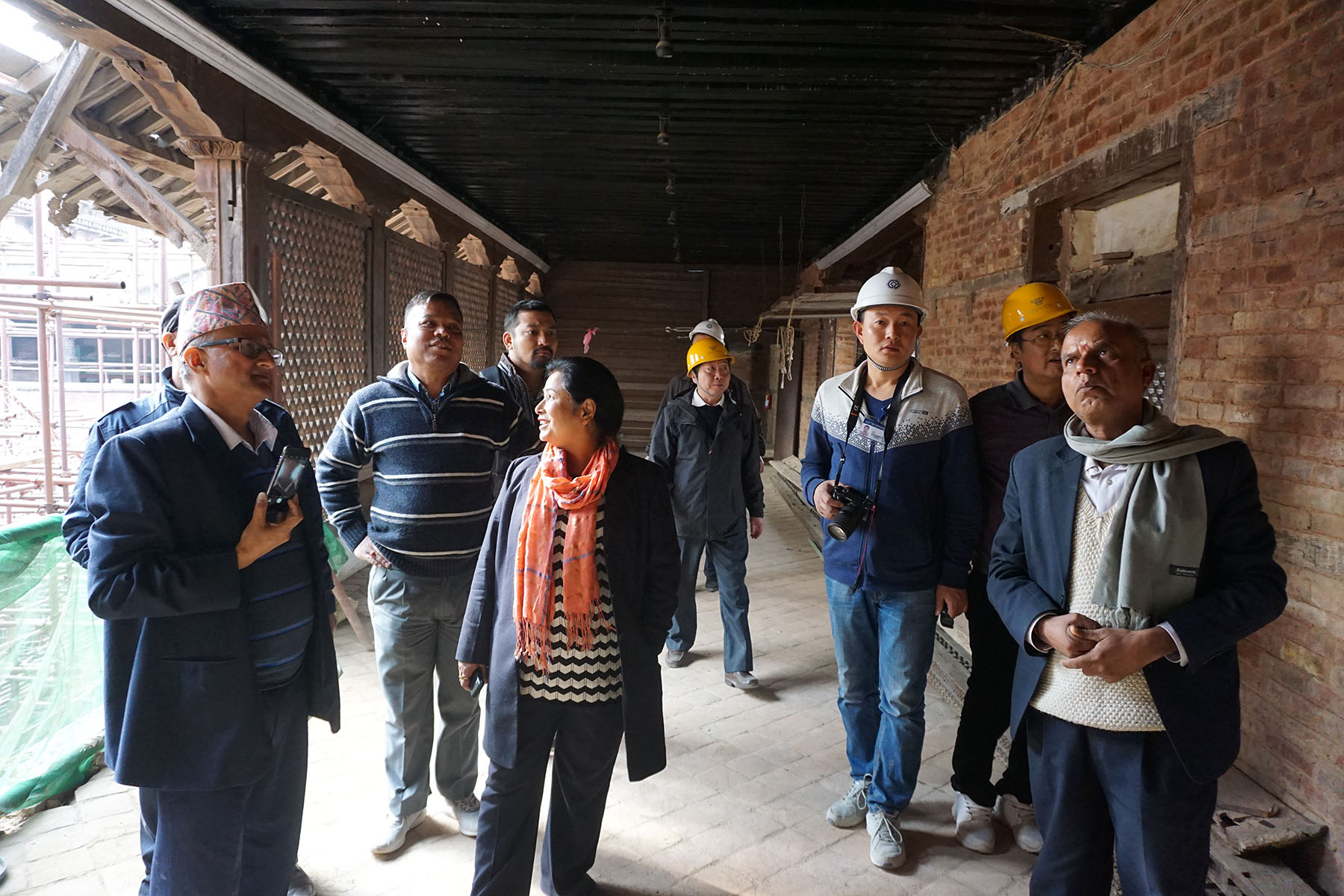
About 3,700 carved components had to be remade or supplemented for the project, accounting for about 15 percent of all components. "The utilization rate of old components was 85 percent, thus ensuring greater originality of the structure," Ci said.
Meanwhile, to ensure the accuracy of the restoration process, the design team from Hebei referred to the restoration principles and specific practices of Chinese wooden structures.
"The Chinese team integrated Chinese cultural heritage conservation concepts with the requirements of Nepalese cultural heritage protection, respecting Nepal's traditional architectural features and aesthetic concepts," Ci said.
Ci added that they had upheld the conservation principles of authenticity, integrity and safety, with the aim of expressing the beauty of Nepalese traditional craftsmanship to the fullest, and restoring the profound artistry of the Basantapur Tower.
The restoration for the main structure of the Basantapur Tower complex passed the mid-term acceptance organized by China's Ministry of Commerce in 2022 and earned appreciation from Nepal's Department of Archaeology, which praised the restoration project for preserving the authenticity and integrity of the complex.
In the following two years, the project's other aspects, including fire protection engineering, were conducted. In mid-August 2024, the overall project was completed and handed over to Nepal.
Now, the restored complex has been welcoming an increasing number of visitors with its fresh new appearance.
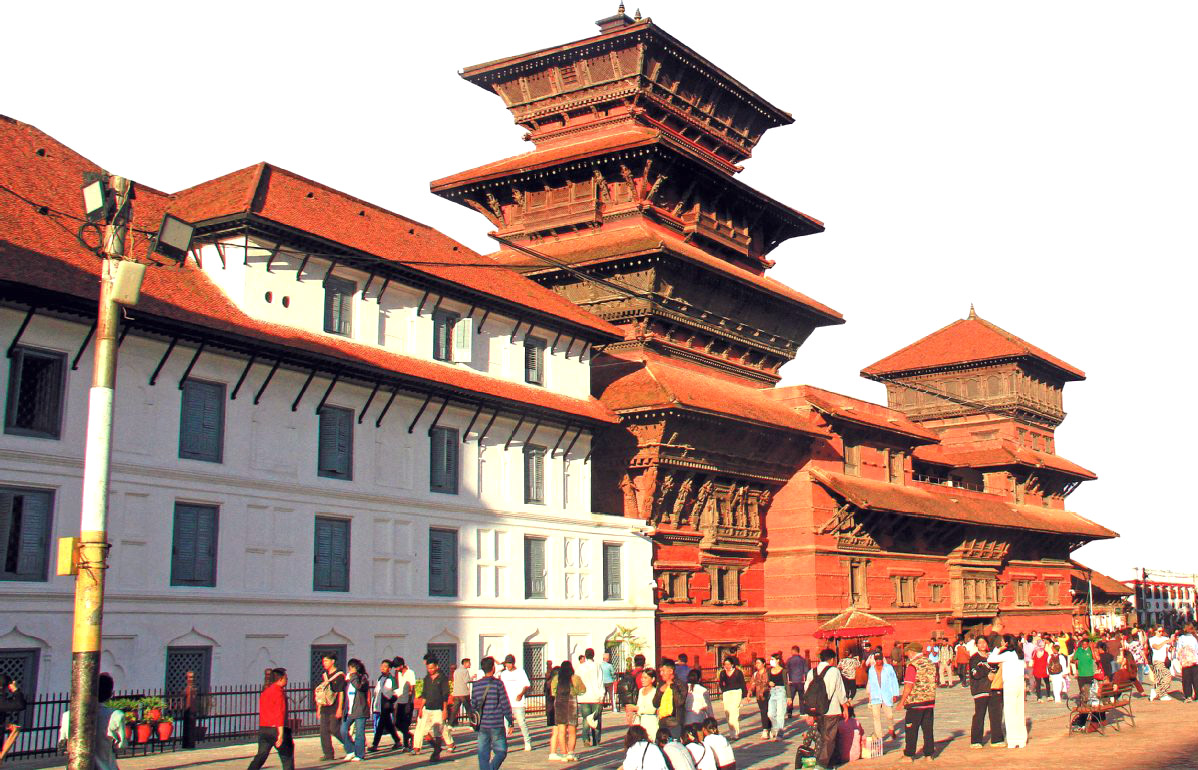
Deepening friendship
Among the 20 experts from the Hebei institute, Ci was the one who stayed in Nepal the longest. From 2016 to 2024, he stayed in the country for a total of more than 1,000 days.
"During the COVID-19 pandemic, I stayed in Kathmandu continuously for more than 14 months, when I deeply experienced the local culture and the friendliness of the local people," Ci said.
He lived in a rented apartment in a residential community. "At the time, the neighbors' friendliness made me feel less lonely and homesick," he said, adding that he often went to the terrace to play with his neighbors' children.
"What impressed me most was that one of my neighbors often went to Guangzhou in Guangdong province for business. Once, he and his friends had a party on the rooftop, and they invited me. I gave him a bottle of Chinese wine and cigarettes that I brought from my hometown," Ci said, adding that they were very happy because these products from China are very popular locally.
His colleague Sun Rongfen, who went to Nepal six times between 2016 and 2024 and stayed a total of over 160 days there, shared the same sentiment.
"My Nepalese friend told me recently that my female neighbor's gesture of putting a red dot on my forehead symbolized blessings and divine favor, signifying luck, good health and longevity," Sun said.
The Nepalese friend she mentioned was a cherished one.
Sirish Bhatt was a teacher at a local university in Nepal, with a major in architecture.
"In early 2017, our design proposal was completed and needed to be reviewed by local experts. However, we couldn't speak Nepali and were not proficient in English. Despite having translators, we still struggled with professional architectural expressions," Sun recalled.
As one of the reviewing experts, Bhatt, who has lived and studied in China, was fluent in Chinese and English.
"She provided us with significant assistance in our communication with Nepal's Department of Archaeology and the English articulation of our proposal," Sun said.
ALSO READ: On the side
After that, she would meet Bhatt almost on every work trip to Nepal. "We either dined out at her invitation or I hosted her in my apartment, treating her to Chinese cuisine that I made," Sun recalled.
"Through the deep cooperation between China and Nepal, the Basantapur Tower complex could be sustainably restored, revitalizing it with new energy," said head of the Hebei institute Liu Zhongwei, adding that the exchange and mutual learning continue to deepen the friendship between the people of the two countries.
According to Liu, during the Yuan Dynasty (1271-1368), the renowned Nepalese architect Arniko led a group of craftsmen to China, to design and oversee the construction of magnificent buildings such as the White Dagoba of Miaoying Temple in Beijing.
"Over 700 years later, ancient architecture experts from China went to Nepal and shared the conservation experience of China, further deepening ties between the two countries and peoples," Liu said.


